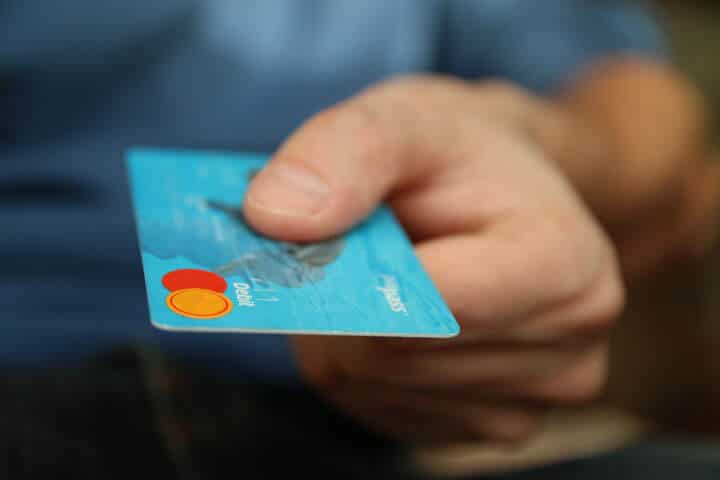Are you stressed out and overwhelmed about money?
Does it seem easier to borrow more to have a quick fix rather than to deal with the problem?
Well, now’s the time to do something about it. And stop that urge to keep digging yourself in a hole.
Take a deep breath. Everything will be ok.
Don’t you want to do more in life than just pay bills? Want to buy a house, start your own business, go to Hawaii, or send your kids to college?
You have to break the cycle now.
Sometimes the first step is the hardest one to take. Then it gets easier.
Let’s start with a game plan, the same game plan I used to pay off $10,000 in 2 years.

1. Know what you owe.
The very first thing you need to do is to figure out how much you owe. This might be scary to find out and maybe that’s why you haven’t done anything yet.
But I challenge you to do this simple task. Log into your credit card accounts, car loan, student loans, or wherever you owe money. If it’s friends and family, write that down too.
You need to know:
a. How much you owe
b. The interest rate
c. Time of the month the bill is due
d. Minimum payment amount.
You will use this info to figure out what the smallest debt is at any given time. And you will use this sheet to keep track of due dates.
2. Build an emergency fund of $500 – $1,000.
You may be thinking why should I save up money when I owe so much? The thing is if you don’t have any sort of savings, you’re going to end up borrowing more money to pay for things that will inevitably happen, like your car breaking down, car insurance bills, higher electricity bill in the winter, etc.
A quick way that I was able to build my $1,000 emergency fund was to sell camera gear. I used to be a wedding videographer so I had cameras, tripods, and sound equipment I no longer needed. It was a little hard for me to let go of these things but I had to in order to move forward.
But I won’t tell you to get rid of family heirlooms because those are things you can’t get back or buy again.
Do you have high value things you can sell in order to build your emergency fund, like unused laptops or cameras?
Or what can you do to earn extra cash quickly (and legally)!

3. Stop using your credit card and use cash instead.
Stop using up your future money in order to pay for today. This is a tough step that can take a few months to transition into but don’t give up.
I had a credit card for 20 years and paid it on time every month until one day, I didn’t have enough to cover the bill. That was it for me! I started using my debit card instead.
This also requires you to constantly check your balance so you how much is left.
Start with paying for groceries with the money you have in your bank account instead of charging it on your credit card.
4. Pay off the smallest debt first and only the minimum amount on the other debts.
Why the heck are we focusing on the smallest debt? Because it feels good to pay off something. And you’re more likely to pay off the smallest debt faster.
Once you pay off one debt, it’s easier to keep going.
It’s like skiing. When you learn, you go on the bunny slopes first. Then as you get more confident, you can take on the harder, steeper slopes.
Plus, when you pay off that small debt first, it frees up money to pay off other debts. With each debt you pay off, you’ll have more and more money to use to pay off the larger debt.
This is a strategy of focusing your money and energy on one thing at a time in order to be successful.
5. After you pay off the smallest debt, then move on to the next smallest debt.
Keep this process going and so on. Focus on one debt at a time and you’ll pay it off faster than if you paid more than the minimum on 5 credit cards.
Of course, having a budget where you can project expenses and lowering your expenses as much as you can will help.
Create your own budget with my easy-to-follow ebook and printable worksheets, Budgeting Made Easy.

